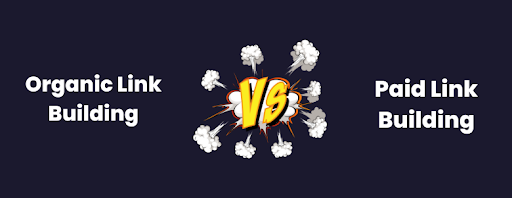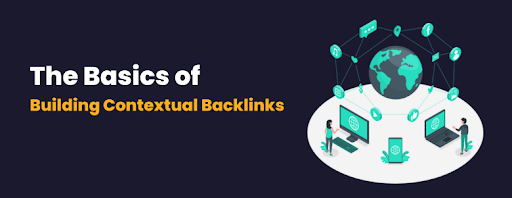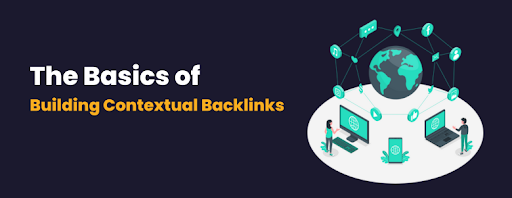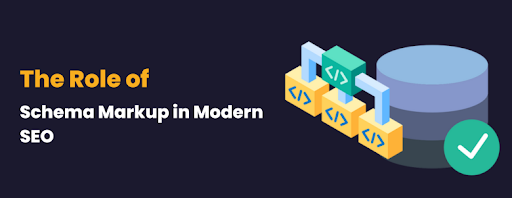How to Create a Powerful Marketing Budget for Your Small Business
Table of Contents Table of Contents 1. How Much Should a Small Business Spend on Marketing? 2. Small Business Marketing Budget Planning: Key Considerations 3. How to Create a Marketing Budget for a Small Business 4. Best Way to Allocate a Marketing Budget Effectively 5. Small Business Advertising Costs 2025: What to Expect 6. Using a Marketing Budget Template for Small Businesses 7. Conclusion Marketing is the backbone of business growth, especially for small businesses looking to establish their presence and compete with larger companies. However, without a well-structured marketing budget, businesses often struggle with inefficient spending, wasted resources, and unpredictable outcomes. A marketing budget template for small business owners can serve as a roadmap to help allocate resources wisely, ensuring maximum returns on investment (ROI). In this blog, we’ll explore why a marketing budget is essential for small businesses, how much should be spent on marketing, and the best strategies to create and allocate a budget effectively. How Much Should a Small Business Spend on Marketing? One of the most common questions small business owners ask is, “How much should a small business spend on marketing?” The answer varies based on industry, business size, and revenue. However, experts generally recommend spending 7-10% of total revenue on marketing for businesses earning less than $5 million annually. Factors That Influence Marketing Budget Allocation: For businesses looking for an easy way to allocate their budget, using a marketing budget template for small business ensures structured financial planning and helps avoid overspending. Small Business Marketing Budget Planning: Key Considerations Proper small business marketing budget planning is crucial for sustained growth. A well-planned budget ensures funds are allocated effectively across different marketing channels, maximizing ROI. Steps to Effective Marketing Budget Planning: How to Create a Marketing Budget for a Small Business Creating a marketing budget for a small business requires a structured approach to ensure optimal use of available resources. Here’s a step-by-step guide: Step 1: Define Business and Marketing Goals Step 2: Identify Marketing Channels Step 3: Allocate Funds Based on Priorities Step 4: Track and Adjust Best Way to Allocate a Marketing Budget Effectively Choosing the best way to allocate a marketing budget depends on business needs and audience behavior. Here’s a breakdown of different marketing channels and their ROI potential: 1. SEO and Content Marketing (High ROI, Long-Term Benefits) 2. Paid Advertising (Quick Results, Higher Cost) 3. Social Media Marketing (Engagement & Brand Awareness) 4. Email Marketing (High ROI, Low Cost) 5. Influencer & Referral Marketing Small Business Advertising Costs 2025: What to Expect As we move into 2025, small business advertising costs are expected to fluctuate due to technological advancements and market trends. Here’s what small businesses should prepare for: Using a Marketing Budget Template for Small Businesses A marketing budget template for small business owners can simplify expense tracking and resource allocation. Benefits include: Recommended Tools for Marketing Budgeting: Conclusion A well-structured marketing budget is essential for small businesses looking to grow sustainably. By carefully planning and allocating resources across different marketing channels, businesses can maximize ROI and achieve long-term success. To summarize: A marketing budget template for small business owners simplifies the budgeting process and ensures financial stability. Start planning today to position your business for success in 2025 and beyond! Take control of your marketing expenses with a structured budget. Download our free marketing budget template and start planning smarter with Webgi today! FAQs 1️. Why is a marketing budget important for small businesses? A marketing budget ensures that businesses allocate their resources efficiently, maximize ROI, and avoid overspending. It helps in strategic planning and consistent business growth. 2️. How do I determine the right budget for my business? A general rule is to allocate 7-10% of your total revenue to marketing, but the exact amount depends on industry standards, competition, and business goals. 3️. What is the most cost-effective marketing strategy for small businesses? SEO, content marketing, and email marketing offer high ROI at lower costs compared to paid ads. These strategies build long-term brand visibility and customer engagement. 4️. How can I track my marketing budget effectively? Use marketing budget templates, Google Sheets, or tools like HubSpot and Google Ads Budget Calculator to monitor expenses and adjust allocations based on performance.
How to Create a Powerful Marketing Budget for Your Small Business Read More »









